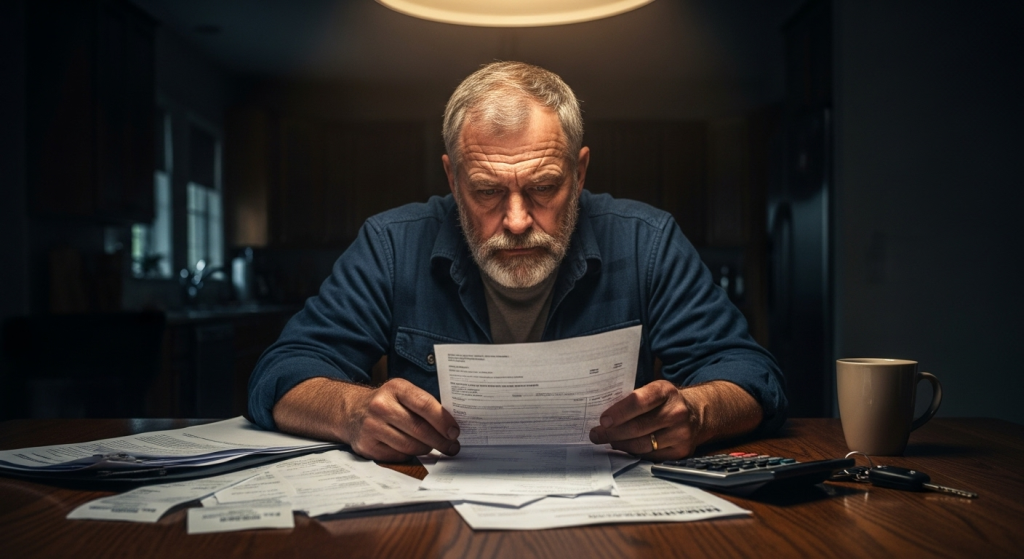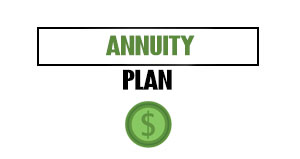The screech of tires, the jarring shock of impact, and then a wave of anxiety that has nothing to do with a broken bone. It’s the silent, financial panic that follows a serious accident. For many, that initial fear isn’t just about physical recovery; it’s about the overwhelming cost—the lost wages, the unexpected medical bills, the repair shop invoice that seems impossibly high.
In that chaotic aftermath, it’s easy to feel completely lost. One moment you’re driving to work, the next, your entire financial plan is in jeopardy. This fear is more than valid. According to the National Safety Council’s most recent report on the impact of motor vehicle crashes, the total comprehensive cost in 2023 was a staggering $513.8 billion. That money could have gone into homes, education, and retirement funds, all of which could have been wiped out by an unforeseen event.
The good news? While you can’t rewind time, you can take control of your financial response. Consider the steps below as a financial first aid kit. It’s not merely about managing the immediate crisis; it’s about building a sturdy foundation to protect your future.
Table of Contents
ToggleThe First 48 Hours: Your Financial Triage Checklist
The hours immediately following a serious accident are the most critical. What you do right now sets the stage for your entire financial recovery. This period requires swift, deliberate action to protect your rights and create a clear path forward. It’s the difference between a minor setback and a full-blown financial disaster.
Step 1: Notify Your Insurers, and Do It Now
This is your first and most important call. Don’t wait. Starting your claims promptly ensures you’re adequately covered from day one. You’ll need to make three essential calls:
- Your Auto Insurance Provider: This initiates vehicle repairs and activates any medical coverage, such as Personal Injury Protection (PIP).
- The Other Driver’s Insurer: This is how you formally open a third-party claim. When you call, stick to the facts—the who, what, and where. Don’t admit fault or speculate on what happened.
- Your Health Insurance Provider: Please notify them about the accident so they can prepare for the incoming medical bills. This simple step can prevent billing nightmares down the line.
Step 2: Begin Your Meticulous Documentation Trail
Regarding insurance claims and personal injury law, the truth is what you can prove. Your recovery is founded on a solid base of thorough and organized evidence. You need to become a documentation expert from the moment the accident happens. This evidence will be your most powerful tool when negotiating with insurance companies. Without it, you’re relying on memory alone, and that’s just not enough to get the full compensation you deserve.
Your evidence folder should include:
- The Official Police Report: A foundational document. Get a copy as soon as it’s available.
- Photo and Video Evidence: Snap away with your smartphone. Get everything: the damage on both cars, the wider scene, traffic signals, skid marks, road conditions, and any visible injuries you or your passengers sustained.
- A Detailed Symptom Journal: This is personal but crucial. Every day, jot down how you’re feeling. Note your pain levels, physical limitations, and how your injuries are affecting your ability to perform daily tasks—from working to simply making coffee.
- A Centralized Accident Folder: This can be a physical or digital folder on your computer. It stores bills, receipts, medical co-pay records, and correspondence from insurance companies.
- A Communication Log: Keep a running record of every call with insurance adjusters. Note the date, time, the person’s name, and a summary of your conversation.
Assessing the Damage: Your Financial Log
Once the initial chaos subsides, the next phase involves obtaining a clear, data-driven picture of the financial impact. This means digging deeper than just the repair bill. To build a strong claim, you must account for every penny spent and every dollar lost due to the crash. This includes both the immediate costs and any projected future expenses. Your comprehensive log will serve as the primary evidence for your claim, ensuring you seek compensation that genuinely reflects the total economic impact of the accident.
Step 3: Create a Centralized Expense and Loss Log
To accurately assess the damage, you need a single, organized log—a spreadsheet or a dedicated notebook works perfectly. This log will serve as the foundation for your demand for compensation. It must document both direct costs (such as medical bills and rental car fees) and indirect losses (such as wages lost due to missing work). For each entry, include the date, a brief description, and the corresponding amount. And here’s the golden rule: keep the physical or digital receipt for every item.
Step 4: Calculate Your Immediate and Projected Income Loss
The hit to your earnings is one of a serious accident’s most significant financial consequences. Your calculation isn’t just limited to the days you were in the hospital. A successful claim accounts for every bit of lost income, including any sick days or vacation time you were forced to use, lost overtime opportunities, and any future work you might miss for ongoing medical appointments or therapy. This requires gathering pay stubs from both before and after the accident, as well as obtaining a letter from your employer verifying your missed time and pay rate.
To keep track of everything, think in categories:
- Lost Wages: Document with pay stubs and employer letters.
- Medical Expenses: Gather invoices from hospitals, clinics, and therapists, as well as receipts for prescriptions and medical equipment.
- Vehicle Repair/Replacement: Get repair estimates or the official total loss valuation.
- Out-of-Pocket Costs: Keep track of every little expense, from gas for driving to appointments to a babysitter or a ride-share service.
Stabilizing Your Household: Budgeting and Professional Help
With a complete understanding of the financial damage, the final step is to take defensive measures to protect your household. While navigating the claims process, your financial situation will be in flux. You’ll likely face a reduced income combined with a sudden surge in expenses.
You need to take action and implement strict financial controls to prevent a short-term crisis from turning into a long-term disaster. Using the right tools is essential to make this part of the journey easier. Financial software and budgeting apps can help you keep track of your expenses.
Step 5: Implement an Emergency Accident Budget
After a serious accident, your regular household budget is no longer relevant. You need to immediately shift to a bare-bones accident budget that prioritizes only the essentials: housing, utilities, food, and critical medical care. All non-essential spending must be put on hold, from subscriptions to dining out. This strict financial discipline is crucial for weathering immense uncertainty and will give you much-needed control over your finances as you recover.
When a person suffers significant injuries or major financial losses in an accident, they may need a professional to help them navigate the complex legal landscape. At this point, many individuals begin to search online for a “car accident lawyer near me.”
Building a recovery team is essential to protecting a person’s interests. A financial advisor, in particular, can help structure settlement funds to protect long-term goals, such as retirement, ensuring that a one-time payment translates into lifelong security.
To enhance the recovery support team, a legal expert can guide individuals through the documentation process, ensuring that nothing is missed and protecting their rights. From the moment an accident happens, your financial recovery begins. Insurance companies, after all, are businesses at their core, and their primary goal is to minimize payouts. That’s why meticulous, comprehensive documentation is non-negotiable, says George Telquist, Founding Partner at Telaré Law and a recognized personal injury attorney. Every receipt, every photo, and every doctor’s note is a piece of evidence. Our approach combines this thorough documentation with strategic advocacy to ensure every single economic and non-economic loss is accounted for, leaving no money on the table. Given the complexity and high stakes involved, a legal expert can provide essential guidance through the documentation process to ensure nothing is missed.
Regaining Control of Your Financial Future
A serious accident is a physical, emotional, and financial event that can disrupt every aspect of your life. While you can’t undo the event, you have complete control over your response.
By methodically following these five immediate financial steps—promptly notifying insurers, meticulously documenting all relevant information, tracking all economic losses, implementing a strict emergency budget, and seeking professional help—you can build a strong foundation for recovery. This proactive mindset is essential for ensuring that your retirement plans and financial goals remain on track, despite unexpected disruptions.













